Tanuki, also known as “raccoon dogs,” are carnivores native to Asia. While their facial masks bear a resemblance to raccoons, the two animals are not closely related. These unique animals are members of the Canid family, along with wolves, coyotes, foxes, domestic dogs, and more. Read on to learn about the tanuki.
Description of the Tanuki
Raccoon dogs fur ranges in coloring from brown to tan, to silver or grey. This fur is long and thick, especially during the winter months. Their tails are generally darker than their bodies, and are also covered in long fluffy hair. They have dark, raccoon-like facial markings that resemble masks around their eyes. This cute creature’s ears are triangular, with blunt or rounded edges.
Interesting Facts About the Tanuki
These interesting mammals have garnered internet fame in the past few years for their resemblance to both domestic dogs and raccoons. These canids serve as cultural icons in Japan. Find out below what makes them so endearing!
- Devoted Partnerships – Raccoon dogs are one of the few mammals to form lifelong bonds with their mates. In fact, scientists estimate that only 3-5% of known mammal species are monogamous. Male raccoon dogs will capture prey and feed it to their pregnant partners. They also play an important role in the protection and rearing of the young.
- Let Sleeping Tanuki Lie – Who doesn’t love to sleep? Tanuki are one of the few members of the Canid family to hibernate over the winter season. Those animals that live in the northernmost end of their range increase their fat stores before winter arrives. They prepare a cozy burrow, fatten up, decrease their metabolism by 25%, and sleep off the cold months.
- Tanuki Statues – These animals are so loved in Japan that the city of Shigaraki has installed statues of the creatures! The statues are installed in parks, in front of bars and restaurants, and at street corners. These statues were originally installed prior to a visit from the emperor, in an attempt to impress him.
- A Dog Without a Bark – Another endearing feature of raccoon dogs is their lack of vocalizations. Unlike domestic dogs, raccoon dogs do not bark! Instead of barking, raccoon dogs frequently whine in a high-pitched tone. These animals whine when submissive or friendly, and growl when they are frightened or angry.
Habitat of the Tanuki
Tanuki inhabit areas that are in close proximity to water, and provide adequate food sources. They can be found in deciduous, mixed, and evergreen forests, as well as in farmlands and urban areas.
Distribution of the Tanuki
Tanuki are a specific subspecies of raccoon dogs that are native to Japan. Other species of raccoon dogs can be found in China, Korea, Russia, and Vietnam. Some species have also been introduced to Europe, and are considered an invasive threat.
Diet of the Tanuki
Raccoon dogs are omnivorous, which means they eat both plants and animals. They feed on rodents, carrion, fish, mollusks, birds, eggs, reptiles, frogs, fruits, berries, and nuts. Voles and gerbils are common prey for species in some regions.
They can also eat toxic toad species, by producing large amounts of saliva. This versatile animal also climbs trees to forage for nuts and berries, a trait unique in the canine family.
Tanuki and Human Interaction
Raccoon dogs are hunted in large numbers, and are frequently used in the fur trade. Their inclusion in the fur trade comes from both wild individuals, and those raised in fur farms. They are also considered an invasive species in some parts of their introduced range. They can be targeted as a nuisance as well. Because they feed on chicks and eggs, game bird populations can suffer from tanuki predation. As omnivores, they will also feed on crops and gardens.
Domestication
Tanuki have been partially domesticated for the fur trade. They are bred for coat quality and easy handling. The extent of their domestication has not been pressed as heavily as the silver fox. Captive breeding began around 1928 in Asia.
Does the Tanuki Make a Good Pet
Raccoon dogs may be in the canine family, but they are not like a domesticated dog. It is likely illegal to own a raccoon dog in your area as well. Anything with teeth can bite, and raccoon dogs are no exception. As wild animals, they would be difficult to keep as pets.
Tanuki Care
In zoos, tanuki are given plenty of space for exercise, and provided some climbing opportunities as well. Their enclosures must provide lots of snoozing locations, as well as hiding places to retreat from the elements. In U.S. zoos they are provided a varied diet. Some common feeding items include fruits and veggies, commercial beef diet, dog food, fish, and hard-boiled eggs.
Behavior of the Tanuki
Tanuki are nocturnal, and spend most of their time foraging at night. They are social animals, and will remain in pairs or small groups. These groups typically have very strong social bonds, as do mating pairs. Raccoon dogs begin to search for a mate in autumn, and usually mate in February through April.
Reproduction of the Tanuki
The gestation period of this animal lasts between 61 and 70 days. Litters generally have 6 or 7 pups, but numbers up to 16 have been recorded. Baby tanuki are called “pups.” The pups nurse for up to two months, and are fully-grown at about 4.5 months of age. They reach sexual maturity at around 8-10 months, and begin searching for a partner in October.
Beliefs, Superstitions, and Phobias About the Tanuki
In Japanese culture, tanuki are commonly depicted as shape-shifting creatures called “Bake-danuki.” This Japanese monster spirit is seen as a jovial creature that bestows good luck, which is contradictory to most malevolent monster spirits. While spreading good fortune and prosperity, the Bake-danuki is frequently portrayed with a large belly, a flask of sake, and an oversized scrotum.
The huge scrotum is actually a non-sexual reference to the good fortune and ability to stretch one’s money. It came about from the use of the animal’s skin in hammering gold leaf. Because the skin is so strong, it allows the gold to be spread very thin without damaging it – i.e. “stretches” the money.

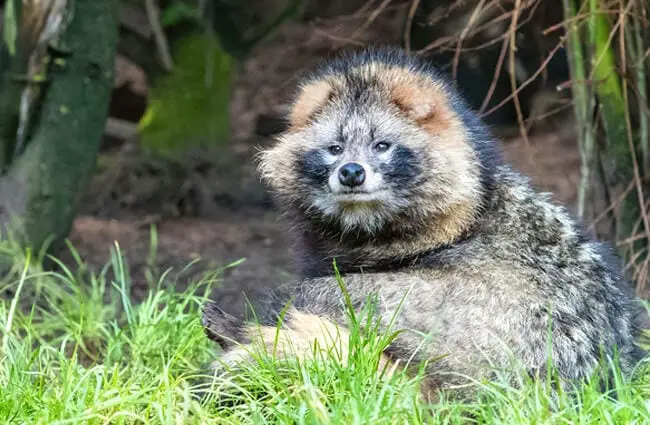
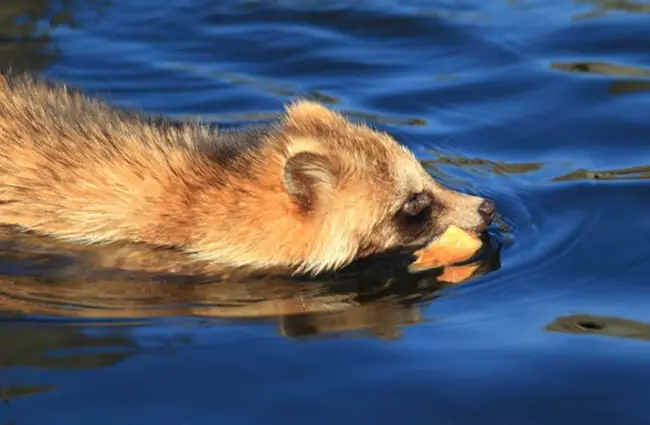

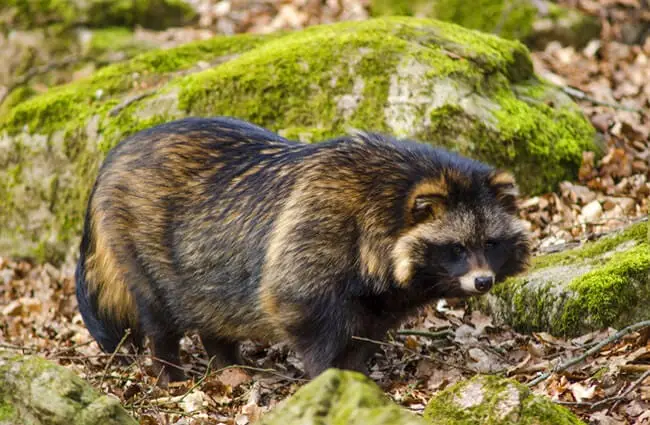

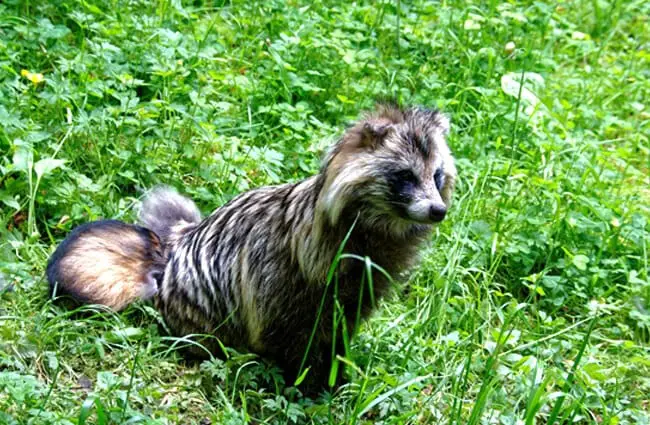
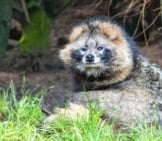




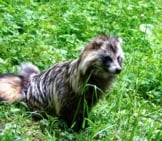
![Red Angus Closeup of a beautiful Red Angus cowPhoto by: U.S. Department of Agriculture [pubic domain]https://creativecommons.org/licenses/by/2.0/](https://animals.net/wp-content/uploads/2020/03/Red-Angus-4-238x178.jpg)












![Red Angus Closeup of a beautiful Red Angus cowPhoto by: U.S. Department of Agriculture [pubic domain]https://creativecommons.org/licenses/by/2.0/](https://animals.net/wp-content/uploads/2020/03/Red-Angus-4-100x75.jpg)

